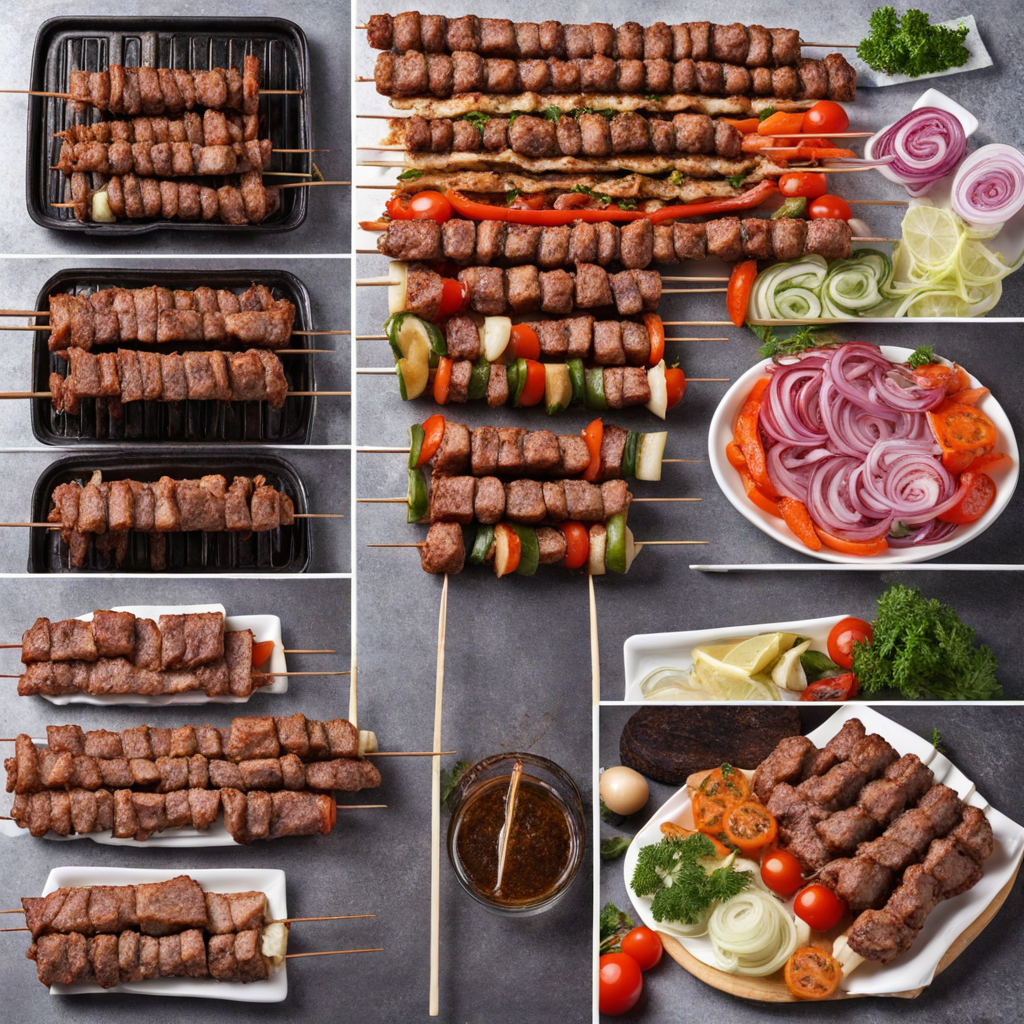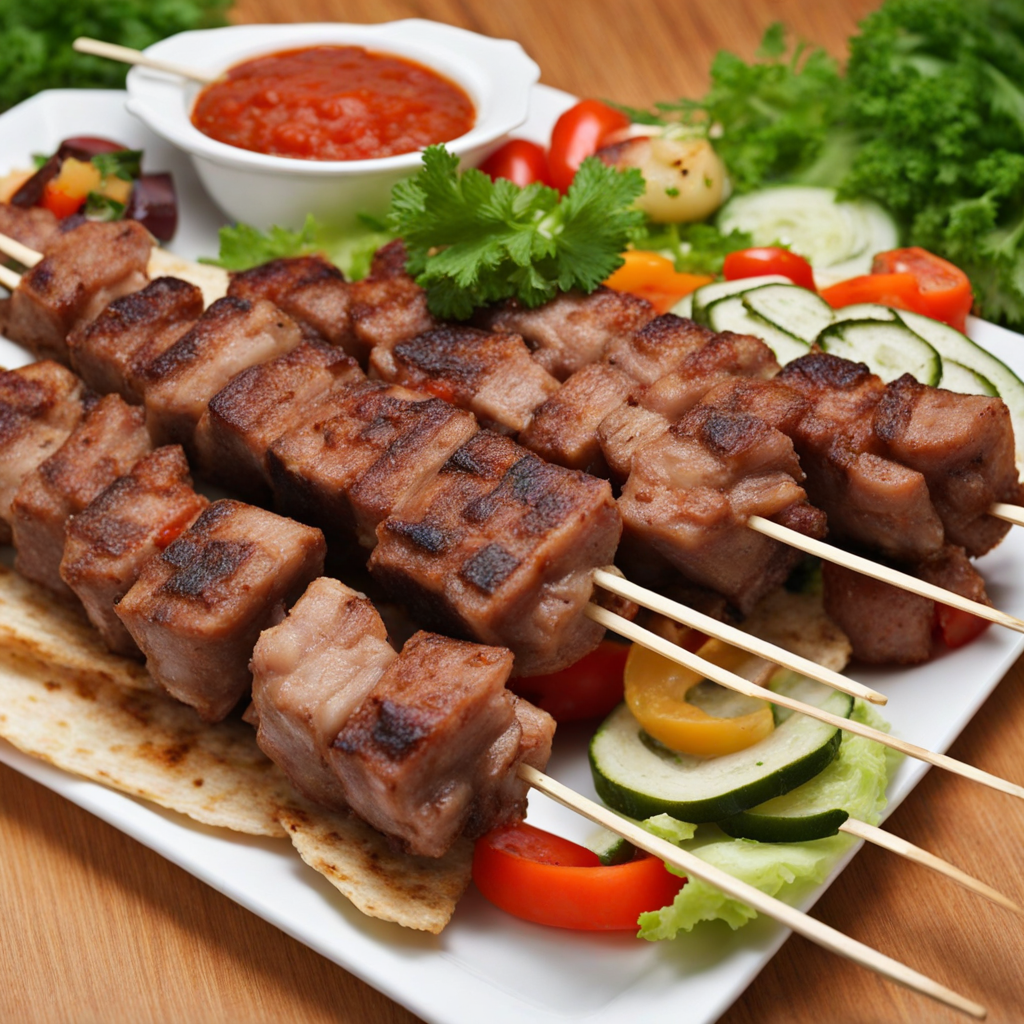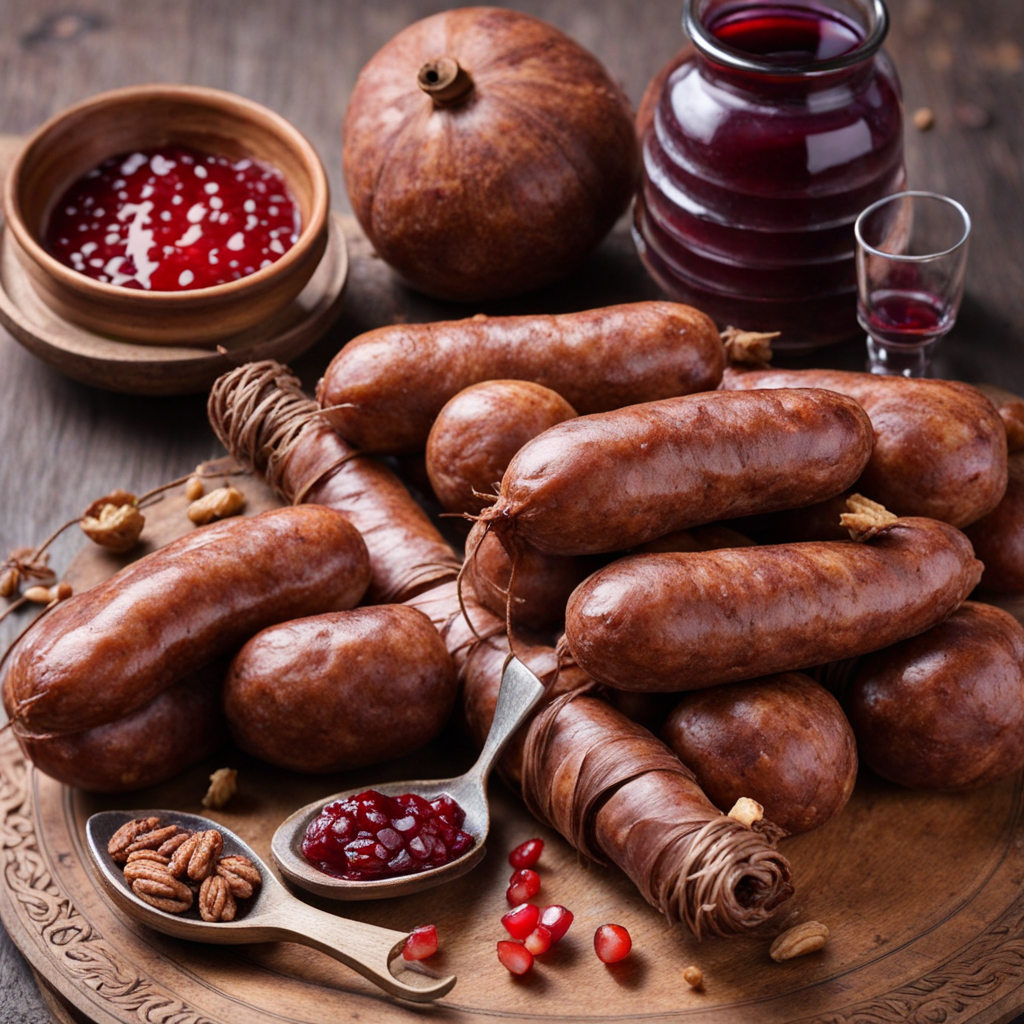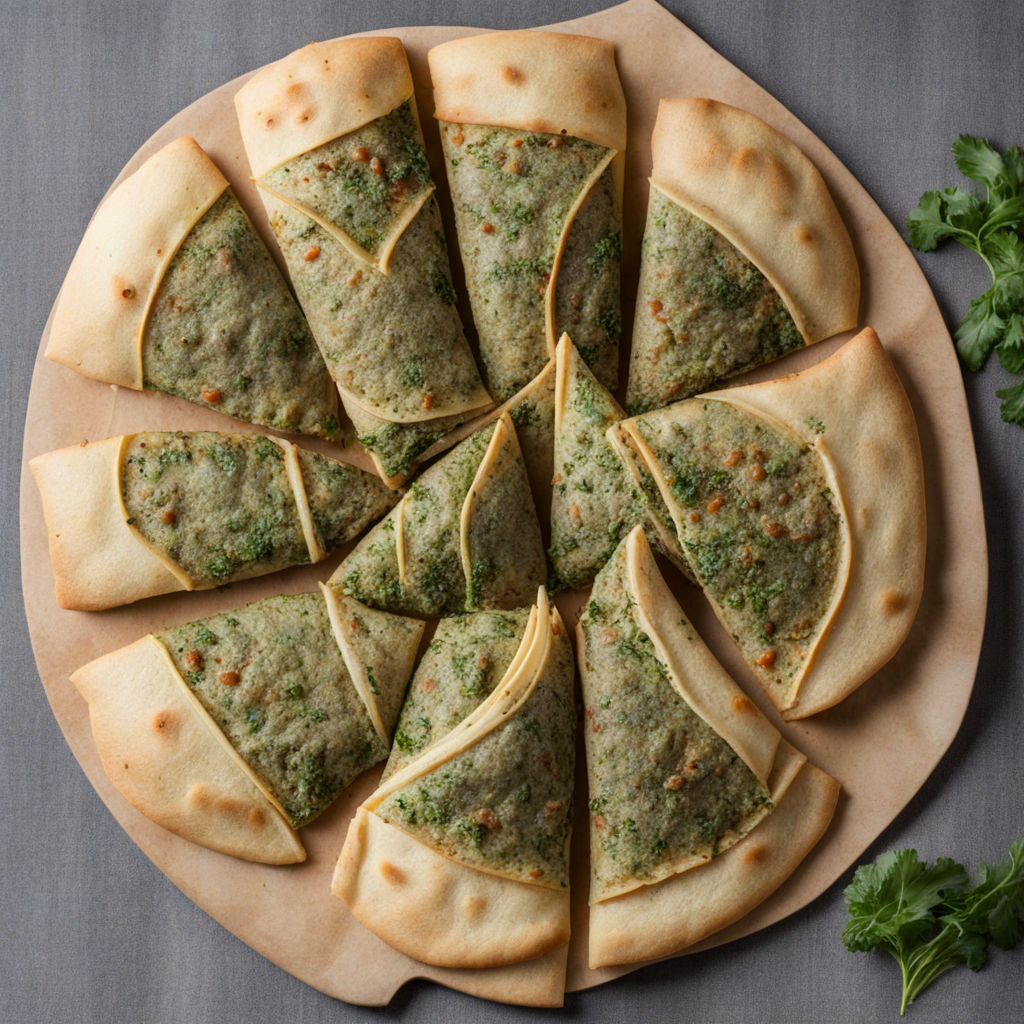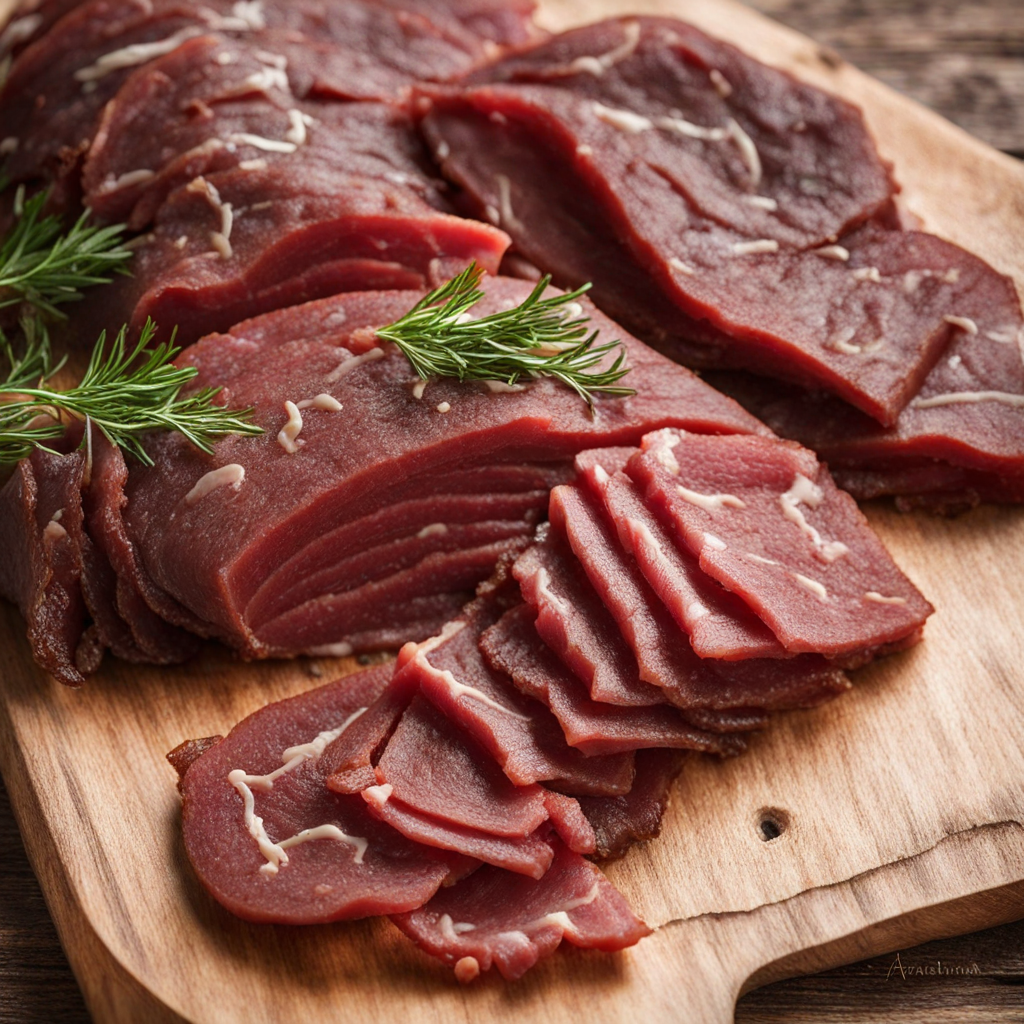Armenian Kebab
Kebab, or "Կեբաբ" in Armenian, is a beloved dish that holds a significant place in Armenian cuisine, reflecting the country’s rich culinary traditions and cultural heritage. The dish has ancient roots, tracing back to the nomadic lifestyle of the Armenian people, who relied on grilling meats over open flames as a means of cooking. Over centuries, this simple method of preparation evolved into a refined culinary art, with the kebab becoming a staple at family gatherings, celebrations, and festive occasions. The flavor profile of Armenian kebab is a delightful blend of smoky, savory, and aromatic notes. The meat is typically marinated before cooking, allowing it to absorb a variety of spices and seasonings. Commonly used spices include cumin, paprika, and black pepper, often complemented by fresh herbs like parsley and coriander. The marination process not only enhances the flavor but also tenderizes the meat, resulting in a juicy and succulent bite. The grilling process adds a charred, smoky element, making each skewer a flavorful experience that tantalizes the taste buds. Preparation of Armenian kebab involves a meticulous process that begins with selecting the right type of meat. Traditionally, lamb is favored for its rich flavor and tenderness, although beef and chicken are also popular choices. The meat is cut into uniform pieces, typically about an inch in size, to ensure even cooking. It is then marinated in a mixture of yogurt, lemon juice, and a blend of spices, often for several hours or overnight.
How It Became This Dish
Origin of Kebab in Armenia The dish known as Կեբաբ (Kebab) has deep roots in Armenian culinary tradition, tracing its origins back to ancient times. The word "kebab" itself is believed to have Persian origins, coming from the term "kabab," which means "to roast." However, the Armenian version of kebab has its own unique characteristics and preparation methods that distinguish it from its Middle Eastern counterparts. The history of kebab in Armenia can be linked to the pastoral lifestyle of the ancient Armenians, who were primarily herders and farmers. Armenians have long been known for their skill in grilling meat, particularly lamb, which is abundant in the region. The practice of skewering meat over an open flame likely originated from nomadic tribes who traveled across the Armenian highlands. As these tribes settled, they brought with them their culinary traditions, adapting them to local ingredients and tastes. Over centuries, kebab became a staple of Armenian cuisine, celebrated for its simple yet flavorful preparation. \n\n Cultural Significance of Kebab In Armenian culture, kebab holds a significant place, both as a dish and as a symbol of hospitality and community. It is often served during gatherings, celebrations, and family events, where the act of grilling meat becomes a communal activity that brings people together. Sharing a meal of kebab is seen as an expression of friendship and generosity, embodying the Armenian spirit of warmth and hospitality. Kebab is also a dish deeply intertwined with Armenian identity. During the diaspora, particularly after the Genocide of 1915, Armenians took their culinary heritage with them, introducing kebab and other traditional foods to new lands. In cities with significant Armenian populations, such as Los Angeles and Paris, kebab shops and restaurants have become cultural landmarks, fostering a sense of community and continuity among Armenians abroad. This migration also led to the fusion of Armenian kebab with other cuisines, enriching its flavors and styles. \n\n Types of Kebab in Armenia The Armenian kebab is not a singular dish but encompasses a variety of preparations, each with its own distinct flavor profile. The most popular type is khorovats, which is marinated pork, lamb, or beef skewered and grilled over an open flame. The marinade typically includes ingredients like onion, garlic, and various spices, which enhance the meat's natural flavors. Khorovats is often served with lavash, a traditional Armenian flatbread, and accompanied by fresh vegetables and herbs. Another notable variation is lule kebab, which consists of finely minced meat, usually lamb mixed with spices and sometimes fat, shaped onto skewers, and grilled. This style of kebab is particularly popular in urban areas where street vendors sell it as a quick and delicious meal. Each region of Armenia may have its own twist on kebab, incorporating local herbs and spices, showcasing the diversity of Armenian culinary practices. \n\n Development Over Time As Armenia navigated through historical upheavals, such as invasions and foreign rule, the cuisine, including kebab, evolved while retaining its core elements. The influence of neighboring cultures, such as Persian, Turkish, and Georgian, impacted the preparation and presentation of kebab. However, despite these external influences, Armenians maintained a strong connection to their culinary roots. In the 20th century, particularly after Armenia gained independence from the Soviet Union in 1991, there was a resurgence of interest in traditional foods, including kebab. This revival was part of a broader movement to reclaim and celebrate Armenian heritage. Modern Armenian chefs began to experiment with traditional recipes, incorporating contemporary cooking techniques while respecting the essence of the dish. Today, kebab remains a beloved staple in Armenian households and restaurants, both in Armenia and within the diaspora. The dish is often featured in festive occasions, such as weddings and family gatherings, and continues to symbolize the warmth of Armenian hospitality. \n\n Kebab in Contemporary Armenia In contemporary Armenia, kebab is not just a meal; it is an experience. Street vendors and restaurants across the country serve various types of kebab, from the traditional khorovats to more modern interpretations. The rise of food tourism has also encouraged a new appreciation for Armenian cuisine, and visitors often seek out authentic kebab experiences as a way to connect with the culture. Moreover, the global popularity of kebab has led to its appearance in international culinary scenes, where it is celebrated for its rich flavors and communal nature. Many restaurants outside Armenia now offer their versions of kebab, often blending Armenian traditions with global culinary influences. This adaptability highlights the dish's enduring appeal and its ability to unite people through food. \n\n Conclusion The journey of Կեբաբ from its ancient origins to its present-day significance illustrates the resilience of Armenian culinary traditions. As a dish that embodies hospitality, community, and identity, kebab will undoubtedly continue to hold a cherished place in the hearts and homes of Armenians around the world. With its rich history and evolving nature, kebab not only nourishes the body but also fosters connections, making it a timeless symbol of Armenian culture.
You may like
Discover local flavors from Armenia


